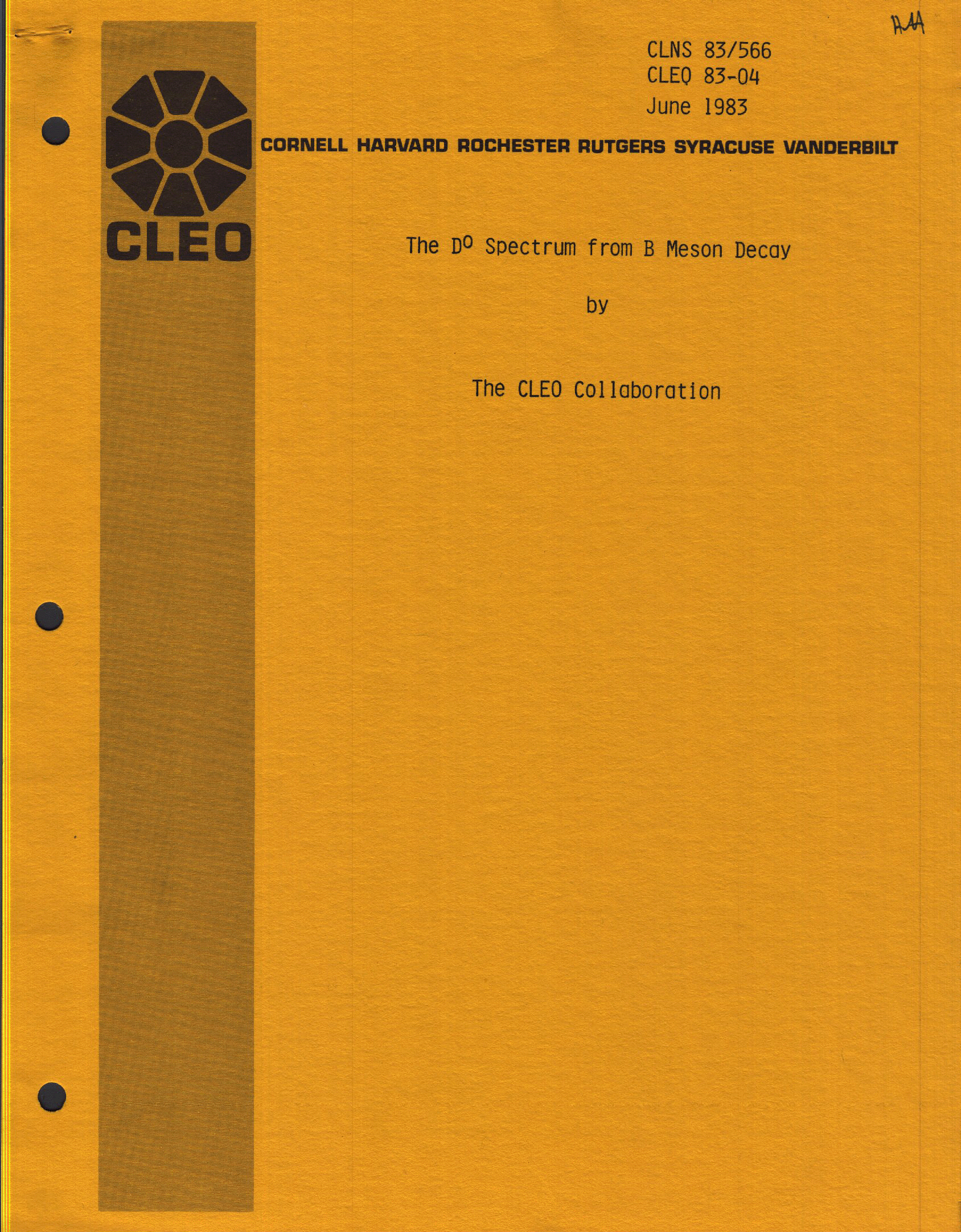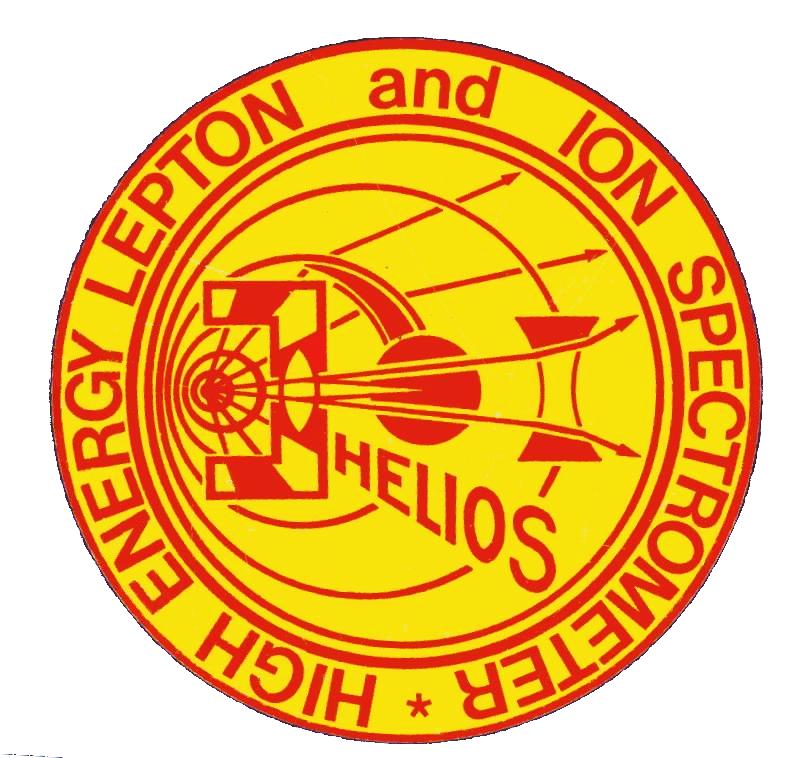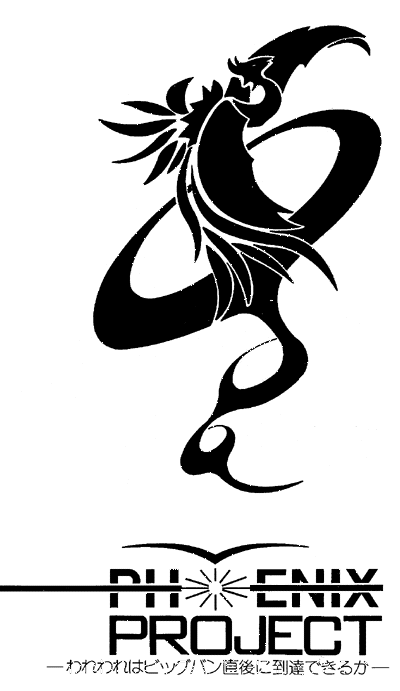I scanned an old preprint, and cleaned it up a little to better reflect the original colors. The symbol is a schematic representation of the end-view of the detector at the time. It consisted of a large central cylindrical drift chamber, surrounded by 'octants', which were large frames holding a variety of other detectors. The names of the original collaborating institutions formed a horizontal line across the top of the page. In later years, I reworked the page once or twice to add more names.


The design is a close representation of the experiment's layout, with lenses for magnets etc.

The name PHENIX was chosen earlier, and the bird theme is obvious. The starburst represents a heavy-ion collision, with particles streaming out in all directions. The horizontal lines in the original design, representing the incoming colliding beams, got lost by the well-intentioned meddling of a collaborator who took the hand-drawn design and made an electronic version. The current official version I made later by writing some PostScript code by hand. The horizontal line is a design element to anchor the top of the page, and is a direct descendent of the line of names in the CLEO design.


Note at the bottom is my original design. Here is a color version, probably the original.
